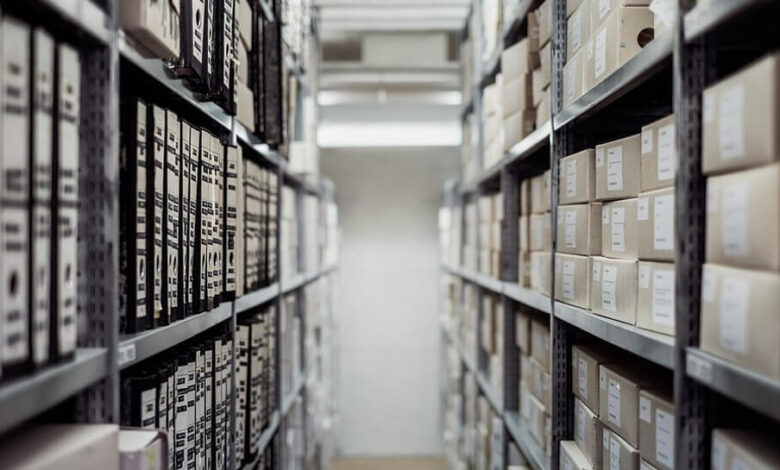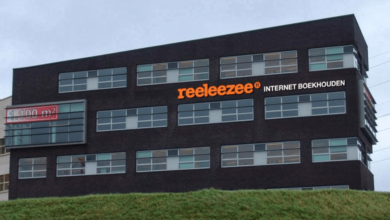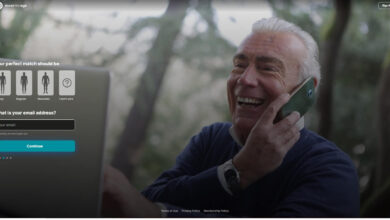Modernizing Archives Through Tape Data Migration

The transformation of archives from physical tape media to more accessible digital formats is a critical endeavour for organisations aiming to preserve and manage their data estates effectively. This method, known as tape data migration, is part of a broader archive modernisation process that aligns with the needs of an increasingly digital-centric world.
The Imperative for Archive Modernisation
Modern archives are not just repositories of historical data; they serve as dynamic assets that organisations use to inform business strategy, ensure regulatory compliance, and promote research and development. As such, the transition from legacy tape systems to modern storage solutions is essential. It encompasses not only the technological upgrade but also addresses the challenges of maintaining data integrity, accessibility, and security in the digital age.
Starting Point: The Tape Media Audit
Prior to embarking on the modernization journey, it is paramount to understand the current state of the archives. A comprehensive tape media audit offers this insight. It assesses the physical condition, format, and data content of each tape, providing a foundation for an effective migration strategy.
Such an audit does more than enumerate tapes; it categorises them based on content relevance and assesses risks such as data degradation. Identifying the condition of physical tapes is crucial to ensuring that urgent data, at risk of being irretrievable due to media deterioration, is prioritised for migration.
Benefits of a Detailed Tape Media Audit
Conducting a tape media audit comes with several advantages:
- Data Identification: Auditors identify what data exists, where it is stored, and how it can be accessed. This is critical for data that may be scattered across different formats and generations of tape technology.
- Risk Mitigation: By evaluating the physical condition of tapes, organisations can plan a proactive strategy to migrate data from deteriorating media.
- Cost Analysis: Understanding the scale and nature of the data helps to anticipate the resources required for migration, enabling more accurate budget planning.
Tape Data Migration: A Strategic Approach
Upon completion of the audit, the next step is the actual process of tape data migration. This involves transferring the content from physical tapes to a chosen digital environment. This could range from cloud storage to hybrid models, depending on organisational needs and preferences.
Tape Ark is an example of a company that provides end-to-end tape data migration solutions. Leveraging cutting-edge technologies and expertise, firms like these enable organisations to unlock their data potential, delivering scalable, cost-effective, and secure migration services.
Considerations During Tape Data Migration
A number of considerations must be kept in mind throughout the migration process:
- Data Preservation: The top priority is to maintain the integrity of the data, ensuring that it remains uncorrupted and true to its original form during the migration.
- Compliance and Regulation: Adhering to data protection laws and industry regulations is essential when moving archives, especially when dealing with sensitive information.
- Seamless Accessibility: Migrated data should be readily accessible to authorised personnel, with logical structures and robust search capabilities.
Post-Migration: Embracing Digital Archives
The successful completion of a tape data migration project marks the beginning of a new phase. Digital archives need continuous management to ensure data remains current and useful. This involves regular reviews, updates, and adherence to digital preservation practices. It’s not just about having data in digital form; it’s about making it a lively participant in the organisation’s ongoing operations.
Stewardship and Maintenance of Digital Archives
Post-migration, the focus shifts to stewardship of the digital archives. This includes establishing governance policies for the use and preservation of digital content, as well as ensuring sustainable storage solutions are in place.
Long-term preservation mechanisms such as migration to new formats ahead of obsolescence, regular backups, and robust access controls help to maintain the integrity and utility of the archives for years to come.
Exploring Archive Modernisation with Experts
Organisations seeking to modernise their archives can benefit from the guidance of experts in the field. Tape Ark offers a bespoke approach to archive modernisation, ensuring that each step, from the initial tape media audit through to post-migration data management, aligns with the client’s unique requirements and objectives.
Elemental in Archive Modernisation: Professional Partnerships
Working with a dedicated partner like Tape Ark can transform what might initially seem like a daunting operation into a manageable and structured process. These professional partnerships provide not just the technological capabilities but also the strategic oversight required to navigate the complexities of data migration and digital archive maintenance.
Conclusion
The modernisation of archives through tape data migration offers organisations a path to leverage their historical data more effectively while ensuring its longevity. Careful planning, expertise in implementation, and ongoing management are the keys to a future-proof data strategy. As physical tape media continue to age, the transition to digital archives becomes not just opportune but necessary for data preservation and accessibility in the digital age.
Embracing this transformation with diligence and the right expertise guides institutions towards not just safekeeping their legacy but actively utilising their data for future insights and innovations.




